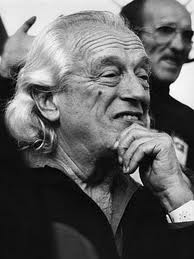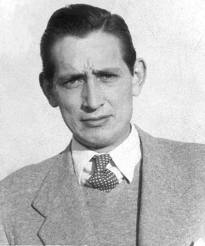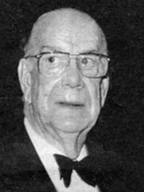Spanish Literature During the Franco Era
The Spanish Civil War of 1936-1939 casts an enormous shadow over the recent history of the country, cutting a clear trench right through the XX century and splitting the its chronology into two clearly defined moments: before and after the war. Moreover, the direct consequences of the armed conflict led to the erection of a great monolith that still today bears tremendous influence on the daily life of Spanish people: the 35 years of dictatorship known as the Franco Era

With the defeat of the republican army, the literary tradition that had been developed in Spain since from the turn of the century onwards came to an abrupt end: Federico García Lorca was shot dead; Antonio Machado died trying to escape; Miguel Hernández was sentenced to death, commuted to life imprisonment. He died of tuberculosis in 1942.
Those who did not die - Salinas, Alberti, Cernuda, Jiménez - lived their lives in exile, often producing new works, mostly affected by a deep sense of nostalgia and/or resentment. Among the most remarkable Spanish émigrés writing in exile during the Franco era counts Max Aub, whose six-part chronicle of the civil war, El laberinto mágico, merited him much praise abroad.
Repression
The first stage of the dictatorship was highly repressive and boasted an official censorship that hardly allowed any room for literary explorations in the sanctioned texts. Sadly this was the period in which writers of great vitality, such as Jardiel Poncela, had to carry out their trade.

A playwright by inclination, Poncela's work is highly imaginative, using Surrealist and Absurdist techniques to derive a sophisticated humour in which any critique is framed and sheltered by a seemingly inoffensive device. Similarly, much of his fiction is anchored on a refined sense of humour, craftily built into absurd or implausible situations that apparently bear no relevance to the reality lived in Spain at the time.
Along with Poncela, the other outstanding name of the early portion, and indeed the later, too, of the Franco era is Miguel Delibes. Born in Valladolid in 1920, he became a prominent writer as early as 1947, when he was awarded the important Premio Nadal for his first novel, La sombra del ciprés es alargada.
Nevertheless, his apogee as a writer would come two decades later, when he published Las Ratas (The Rats, 1962) and then what is widely regarded as his best novel, Five Hours with Mario, a gripping psychological drama centred on a widow's monologue as she stands alone by her husband during his wake husband.
The Apperture
By the time Miguel Delibes reached the zenith of his trade, Franco's dictatorship had loosened the restrictions it had previously imposed on printed material. Indeed, an indication of the rigorous censorship that existed during the late 40s, Camilo José Cela was unable to publish The Hive, a striking portrayal of the reality lived in the Spanish countryside after the Civil War, until he found a publisher in Argentina in 1951, five years after it had been forbidden in Spain.

Much like Manuel Delibes, Camilo José Cela continued his trade as a writer at a torrid pace during the following two decades. His staggering output places him among the most prolific writers of the century, and his political tendencies more than once placed him at the centre of controversy. And yet, there is an unmistakable trace of genius in much of his prose, which ultimately earned him virtually every literary prize, including the Nobel.
Another prominent name during the later decades of the Franco era was Torrante Ballester. Born near Ferrol, in Galicia, in 1910, Torrente Ballester entered the literary world in 1943, with the publication of Javier Mariño. Three weeks later he entered public controversy as well, since the regime's censorship ruled the novel was not acceptable and proceeded to take it off the shelves.
A few amendments made his first novel acceptable again, and a few years later Torrente Ballester made good on his fault start with El golpe de estado de Guadalupe Limón. Following the pattern set by Miguel Delibes and Cela, Torrente Ballester continued to publish regularly during the 50s and the 60s, but it is only towards the end of that decade that he fully achieves his potential with what remains his most highly regarded novel, La saga/fuga de J.B.
Many more names from this period are still today studied in schools and many of them are still prominent to this day
